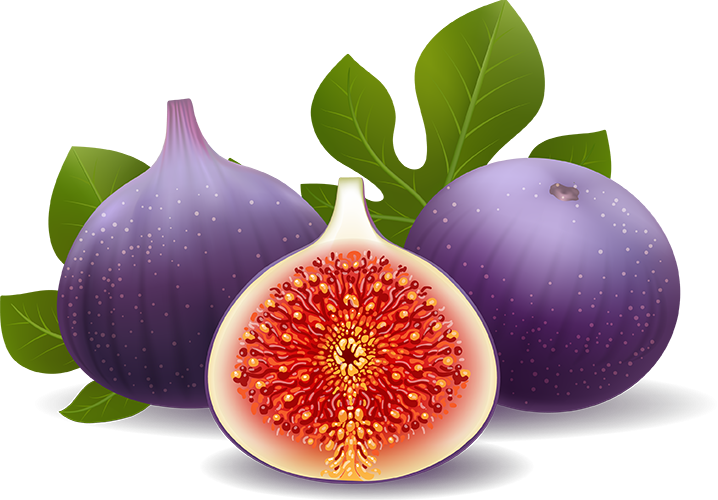Fig trees grown in containers generally require more frequent watering than those grown in the ground, as the soil in containers tends to dry out more quickly. Here are a few tips for watering fig trees grown in containers:
Ensure proper drainage:
Ensure all your containers have the proper drainage to ensure it allows the soil to drain well and avoid the fig tree roots from staying in standing water or waterlogged containers.
Water regularly:
Fig trees grown in containers will need to be watered more frequently than those grown in the ground, as the soil in containers tends to dry out more quickly. Water the tree whenever the top inch of soil feels dry to the touch.
Summer Watering
During the hot summer days, in some cases the fig tree requires watering more often and this varies on the actual temperature, sun exposure, container size and color, etc. Monitor the fig trees for stress and drooping leaves. Water immediately with a deep water cycle to ensure the fig tree recovers from the dehydration. Leaves should return to normal within 1 hour.
Water after the Rain:
Don’t be fooled by the rain. Although rain may seem to be watering everything outdoors, you must always monitor and take a closer look at your fig trees. If your fig trees are large with a lot of leaves, their large leaves create a canopy and more like an umbrella which blocks the water from reaching the soil in the container. Maintain the same watering schedule with or without rain if this applies to you.
Water deeply:
When watering a fig tree in a container, it is important to water deeply to ensure that the entire root zone is watered. This will help to prevent the tree from becoming drought-stressed.
Monitor soil moisture:
Use a moisture meter or your finger to check the soil moisture level regularly. The soil should be evenly moist, but not waterlogged.
Avoid overwatering:
Overwatering can be harmful to fig trees, as it can lead to root rot and other problems. Be sure to allow the soil to drain well and avoid leaving the tree standing in standing water. Also, in some cases, some fig trees are more prone to fruit splitting due to overwatering.
Know your Fig trees:
No matter how much you read, watch, or try to follow specific guidelines, most of the time it is observation, monitoring, and common sense that counts. Everyone’s conditions, fig trees, containers, soil characteristics, etc. are different. You have to understand your own specific conditions and fig trees requirements. Some fig trees may have different heat and drought tolerance levels, and may require more often watering than others.
The key to successful container gardening is to provide the fig trees or plants with the proper care, including the right amount of water, sunlight, and nutrients. Fig trees are generally easy to grow in containers as long as they are provided with the right growing conditions and are well-cared for.
In addition to watering regularly, it is important to provide fig trees with adequate sunlight and fertilize them regularly to ensure that they receive the nutrients they need to grow and thrive. It is also a good idea to choose a container with sufficient drainage and use a well-draining soil mix to help prevent root rot.
This is more important at a younger stage of the fig tree. When transferring to a large and maybe final container size, ensure that the soil will retain water and does not drain too fast; otherwise you will be watering too often during the hot summer days when the trees are mature.
By following these tips and providing your fig tree with the proper care, you can help to ensure that it stays healthy, vigorous, and produces an abundance of delicious fruit.

